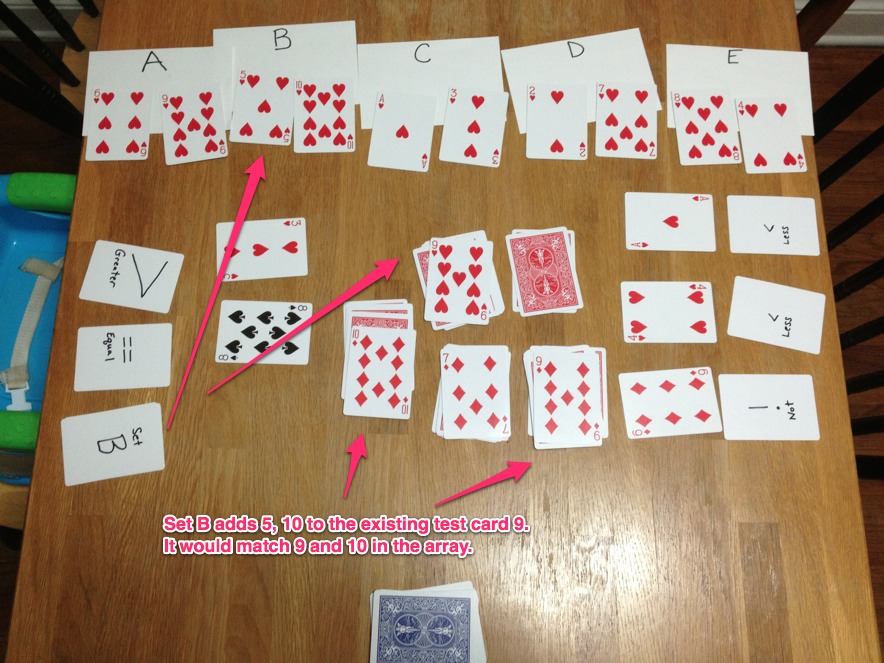This was originally published on NiemanLab as part of ‘Predictions for Journalism 2017.’
2016 offered painful reminders of all the things that media doesn’t control.
Advertising
Ad blocking induced panic in 2016. Also in 2016, Facebook began offering ad targeting to non-Facebook users and Google quietly started linking data profiles to users’ real identities by default. Even if your news site could grow traffic 10× and wipe out ad blocking, advertisers could still buy all of your users directly from Facebook and Google properties, featuring an integrated ad experience and superior targeting. Most publishers’ ad revenue will continue to shrink until it’s gone.
Distribution and discovery
Google was the top news site referrer in the 2000s, until Facebook overtook them in the 2010s. Distribution slipped farther away in 2016, the year of the new walled gardens. Facebook Instant Articles and Apple News opened to all publishers and Google AMP launched. Struggling newsrooms felt compelled to accommodate three new publishing formats. What if one of the big platforms penalized organic referrals to publishers who don’t participate? Media published to “meet users where they are,” even when we lost money, even when it undermined our own ventures. At least, news companies believed, we’re getting great engagement and extending our influence as the trusted gatekeepers of information…
Gatekeepers no more
On November 8, even that fell apart. Despite the newsroom dashboards that showed a surge in engagement on our sites and on social media, the newsroom didn’t own the content consumption experience. The experience was Facebook’s, where everyone gets their own personalized reality. It was really hard not to feel like a human battery fueling the social media Matrix.
Own and defend
We praise Silicon Valley for innovation in technology and user experience but routinely overlook their brilliance in business: finding something uniquely valuable and hard to replicate, marrying it to the right revenue model, and vigorously defending it from competitors.
In 2017 news companies will ask: “What can we own?” It’s a conversation that guides what we build, who we serve, and how we make money. The discussion must cut across the newsroom, engineers, designers, legal, and business. If the firewall is still up, it’s time to tear it down.
Own an experience
“Owning the experience” is usually shorthand for “we built a mobile app,” but it doesn’t have to be.
The Economist owns its format, which is both content and packaging. Their content is opinionated, uniform in voice, dense, and presented distraction-free. You can’t reblog an Economist story without breaking that unique format, which is what I pay for.
Own a channel
NPR member stations own their terrestrial broadcast distribution channel, which is the basis for their donation model. NPR One is a bet in two areas: It’s an experience public radio can own as well as a service to try to preserve that channel for NPR and its stations as listening goes digital. (Disclosure: I previously worked on APIs and the Infinite Player at NPR.)
Own a community
A community might be virtual or local.
The Wirecutter doesn’t own the entire product reviews market, but they own a lucrative segment of discriminating consumers who want the best product and will order online based on an expert review. Its affiliate model is a perfect fit for who they are and who they serve. You could copy The Wirecutter’s content, but not their research team or community trust. And they tend to rank high where distribution matters.
Reclaim what we lost
Should our new revenue models include donations? Grants? Unorthodox ads? Local events? Paywalls? Membership models? Is publishing into social media channels helping or hurting us? What are we actually trying to grow? Which customers are our best ones, and how should we treat them?
When we start with “What can we own?” the tough conversations around revenue, distribution, and reputation become so much clearer.
Javaun Moradi is a product manager at Mozilla, where he works on the Firefox web browser.














